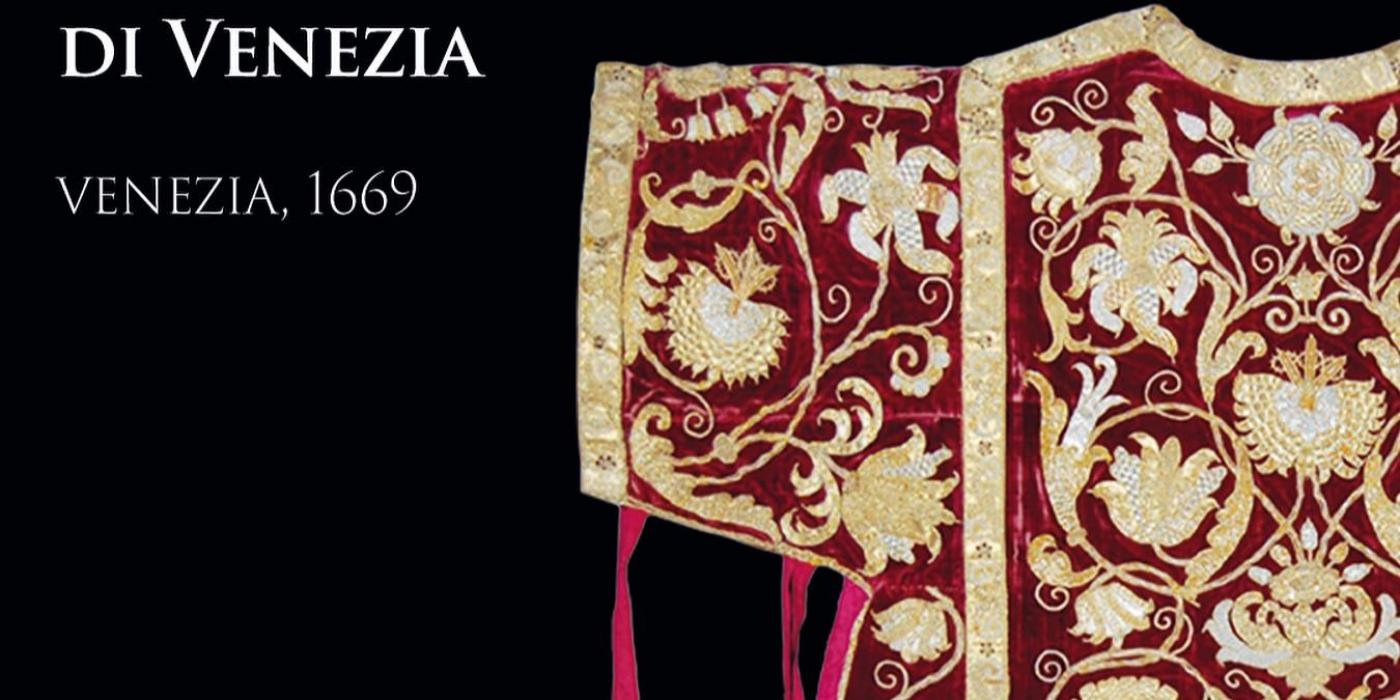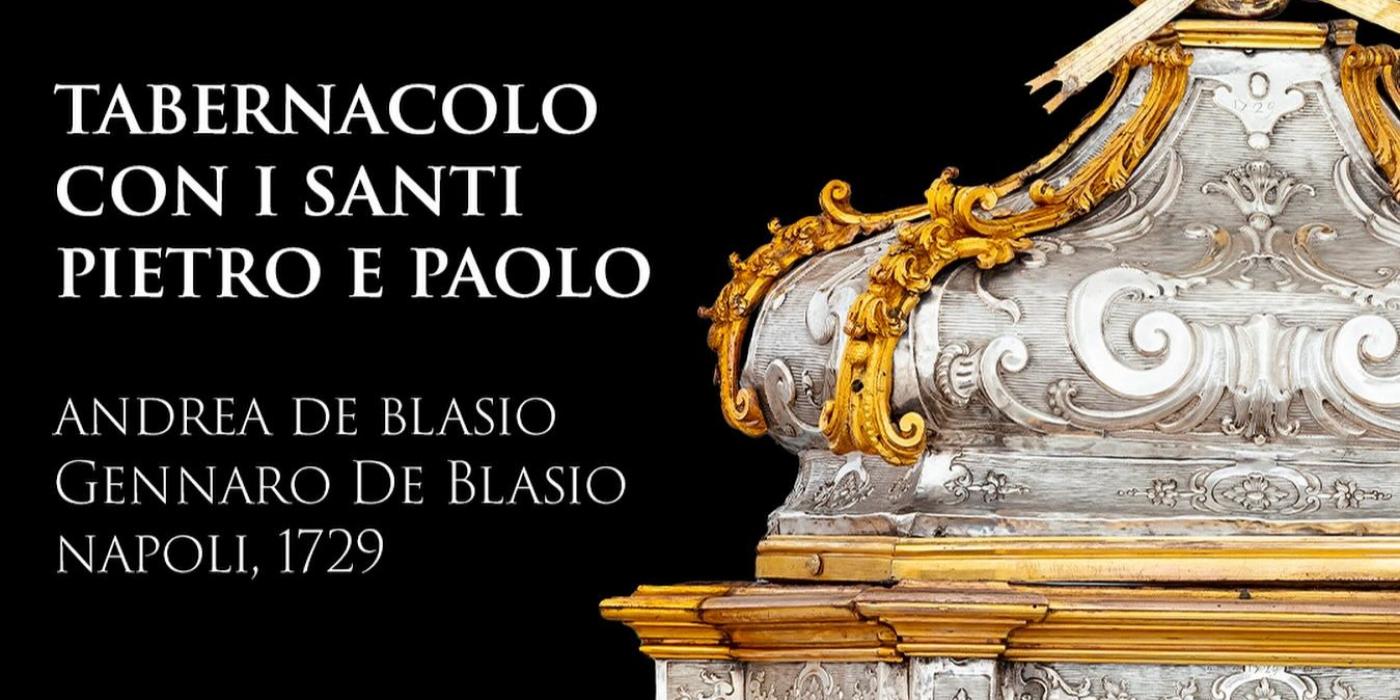The Treasure of the Holy Land at the Marino Marini Museum. The Beauty of the Sacred: The Medici Altar and the Gifts of Kings
The exhibition, from 13 September 2024 to 7 January 2025, recounts more than five centuries of sacred art and presents a unique collection of masterpieces commissioned by European Catholic courts to be donated to the basilica of the Holy Sepulcher in Jerusalem. Cataloged by the Order of Friars Minor since 2013, this treasure will be exhibited for the first time in Italy.
On display are 109 works of inestimable artistic and spiritual value, including the Altar of Calvary from the Jerusalem Basilica, with the ornament donated by Ferdinando I de' Medici, made by the famous artists Domenico Portigiani, Giambologna and Pietro Francavilla between 1588 and 1590. For the first time in nearly five centuries, the Ornament has left Jerusalem to return to Italy.
Among the works on display there are also gifts offered by Charles of Bourbon King of Naples, including an altar frontal in silver and gold made in 1731 by Neapolitan master goldsmith Gennaro De Blasio, never previously exhibited.
The collection also includes two canvases painted by Francesco De Mura, depicting Saint Francis of Assisi and Saint Anthony of Padua, and a vast range of religious objects, jewels, ornaments, sacred vestments, codices and canopies which will return to Jerusalem in 2026 to be exhibited in the Terra Sancta Museum.
It is significant that the exhibition is hosted by the Marini Museum, where the presence of the Rucellai Chapel, a masterpiece of Renaissance architecture created in the 15th century by Leon Battista Alberti and inspired precisely by the Holy Land Sepulcher, makes the visit even more evocative "transforming" it into a sort of geographical pilgrimage.
On display are 109 works of inestimable artistic and spiritual value, including the Altar of Calvary from the Jerusalem Basilica, with the ornament donated by Ferdinando I de' Medici, made by the famous artists Domenico Portigiani, Giambologna and Pietro Francavilla between 1588 and 1590. For the first time in nearly five centuries, the Ornament has left Jerusalem to return to Italy.
Among the works on display there are also gifts offered by Charles of Bourbon King of Naples, including an altar frontal in silver and gold made in 1731 by Neapolitan master goldsmith Gennaro De Blasio, never previously exhibited.
The collection also includes two canvases painted by Francesco De Mura, depicting Saint Francis of Assisi and Saint Anthony of Padua, and a vast range of religious objects, jewels, ornaments, sacred vestments, codices and canopies which will return to Jerusalem in 2026 to be exhibited in the Terra Sancta Museum.
It is significant that the exhibition is hosted by the Marini Museum, where the presence of the Rucellai Chapel, a masterpiece of Renaissance architecture created in the 15th century by Leon Battista Alberti and inspired precisely by the Holy Land Sepulcher, makes the visit even more evocative "transforming" it into a sort of geographical pilgrimage.
Access notes:
Direct access from the ticket office and entry into the first available visit slot.
Last admission half hour before closing.
Access to the Cappella Rucellai: maximum 8 people every 30 minutes.
Photo gallery











